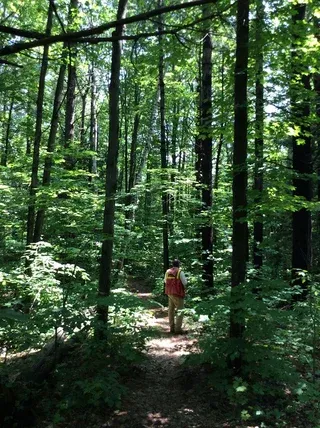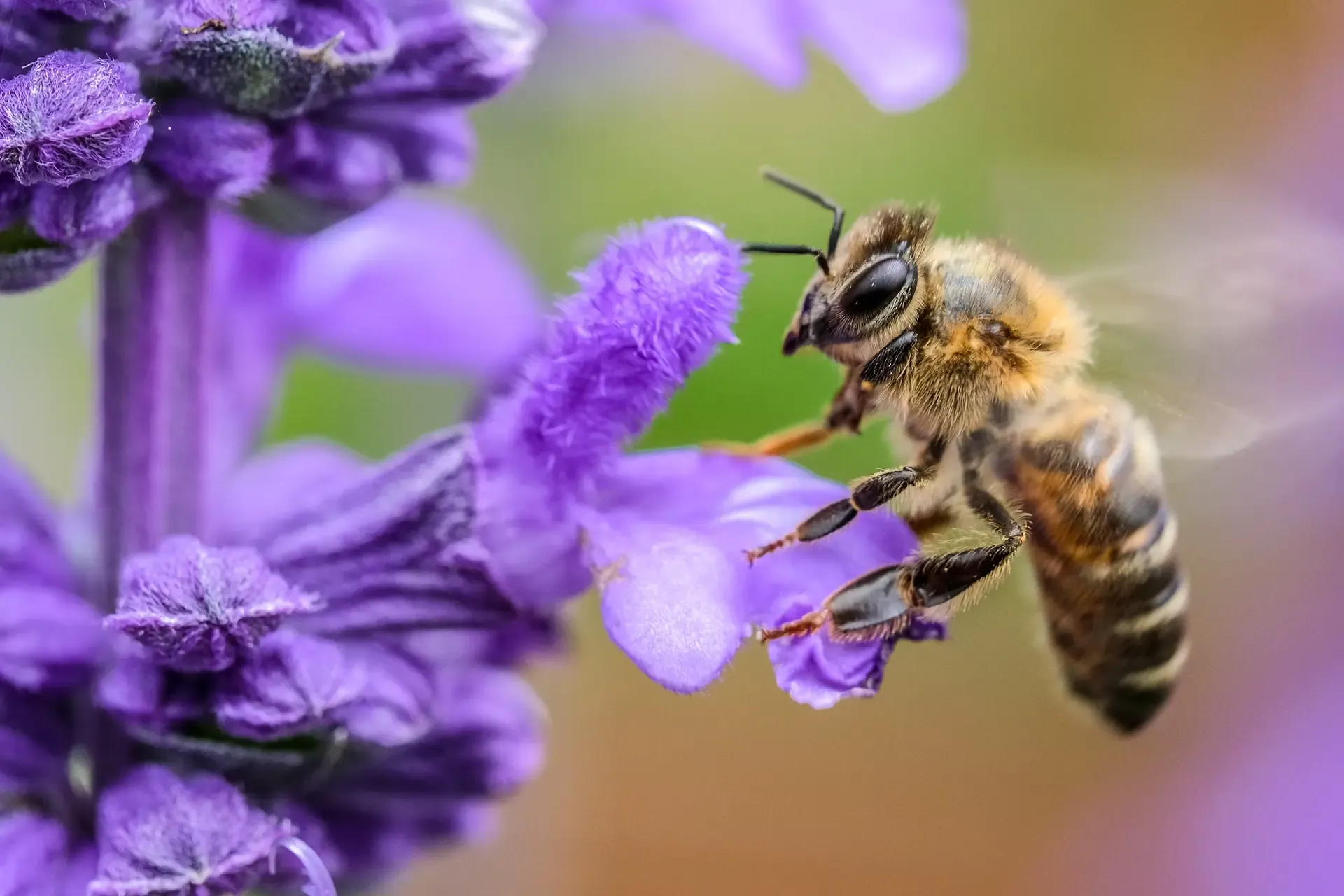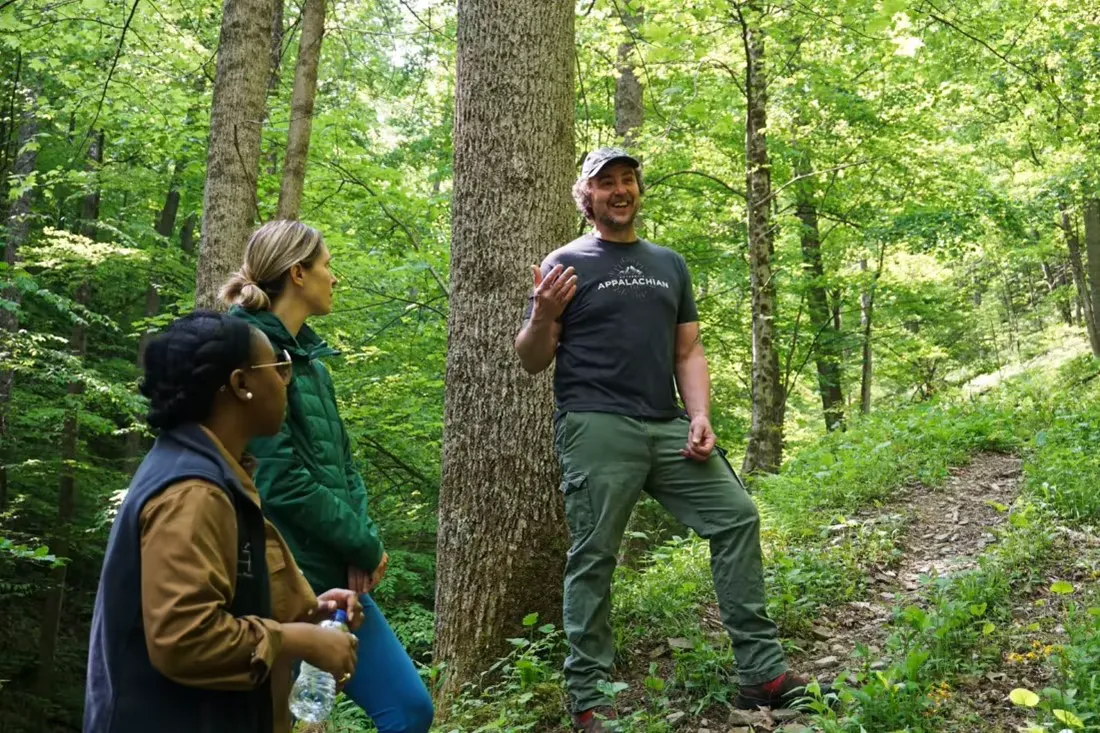Why Work With a Forester
Forests are complex and the number of things you'll need to consider as a landowner can be overwhelming. It is often helpful to connect with a forester to help explore your options and make sure you're able to get the right work done at the right time.
Despite what some may tell you, forestry is a blend of art and science. A forester's work is to understand the natural ecosystem and then figure out how to achieve a landowner's goals on that land. When you're trimming your forests sustainably, protecting wildlife, building recreation amenities, and even improving aesthetics, a forester can give advice to achieve a good balance of all your objectives.
Foresters are trained to understand how different parts of your woods (the trees, wildlife, soils, water, etc.) interact and how they can be nurtured in a way that meets your needs. Foresters are familiar with local laws, know what markets exist for different forest products and services, and can help manage the legal and financial aspects of woodland-associated activities. With their technical expertise, you can accomplish more on your land than you might be able to alone, and you'll be less likely to make expensive mistakes.

A forester walks through a deciduous forest following a path. The forester has his vest on, ready to take measurements on the land.
There are at least four key times when you should think about hiring a forester:
During an initial assessment and valuation before you acquire the land
When you plant trees
When you thin or harvest trees
When you want to improve wildlife or water quality on your land
The decisions you make at these times are crucial to the long-term health of your woods and it makes sense to invest in a forester's advice.
Many landowners also get foresters to put together a more comprehensive management plan. A good forest management plan will usually include an inventory, identification of key habitats, a clear description of your objectives and strategy for achieving them, and a near-term action plan. Implementing a plan likely also means the forester will help you with boundary lines, road building, and improving wildlife habitat.
When you enroll in the Family Forest Carbon Program, you'll receive a complimentary visit from a forester, and a forest management plan to improve the health of your woodlands. Find out more today.
Some landowners formalize their forester connection over a long-term property management agreement. Much like a pediatrician takes responsibility for the health of your children, including wellness check, vaccinations, or treating an illness, a forester can monitor your woods over time and guide you through the actions to keep your forest healthy.
The most important thing to remember when hiring any service professional is that they will be working for you. So make sure to choose someone that listens to you, understands what you need, and with whom you can build a good working relationship. It's not uncommon for a good forester relationship to start with a single project, and develop into a long-term connection with the land as it passes from one generation of owners to the next.
If you're interested in the Family Forest Carbon Program and already have a preferred forester, let them know how to become a consulting forester with FFCP to get your land enrolled today.
This is an important role and so it's always important to check a forester's qualification. Ask if they are registered with a professional association and don't be afraid to check education credentials and references. A good forester will also carry appropriate liability insurance.
If you or someone you know owns 30+ acres of woodland and could benefit from the guaranteed annual income, forest management plan and forestry expertise provided by the Family Forest Carbon Program, please see https://www.familyforestcarbon.org/.
Related Articles

August 22, 2023
Bees: Their Amazing World, and Their Role in our Forests
Honey bees. In this post we’ll look at the role bees play in forest health, and how you can protect bee habitat on your land.

August 11, 2023
West Virginia Landowners & FFCP Tackle Invasive Species
In May 2023, American Forest Foundation staff visited the properties of West Virginian landowners enrolled in the Family Forest Carbon Program (FFCP), including Ed and Dianna Kachmarek.

July 11, 2023
Your Land, Your Legacy
The Family Forest Carbon Program is now officially open in more than 90 counties across Michigan, Minnesota, and Wisconsin for landowners with 30 or more acres of land. There are two recommended forest management practices available to landowners: "Growing Mature Forests" and "Promoting Diverse Forests.”